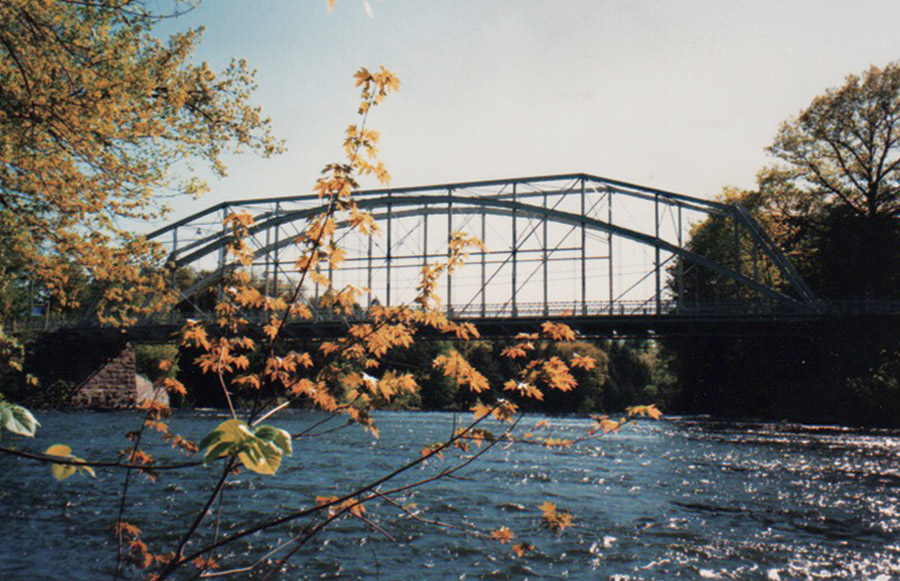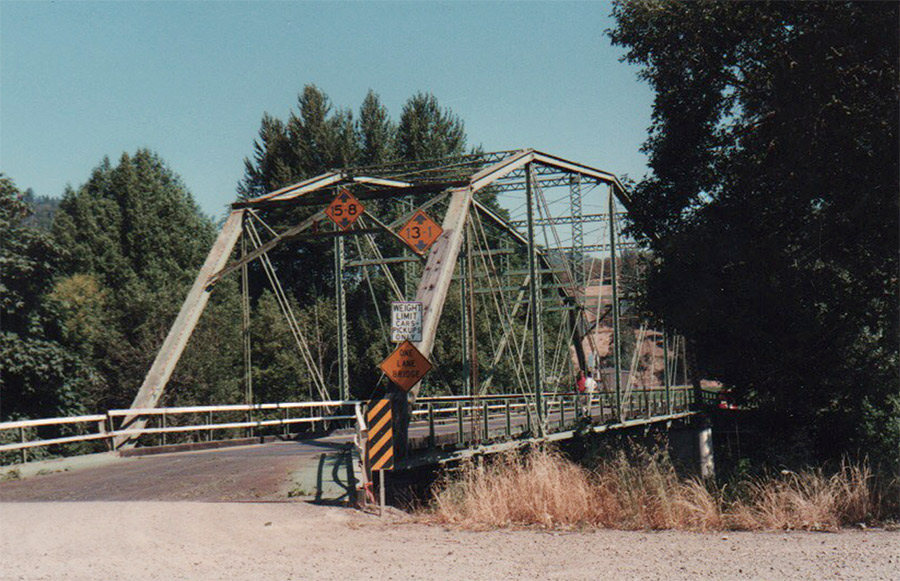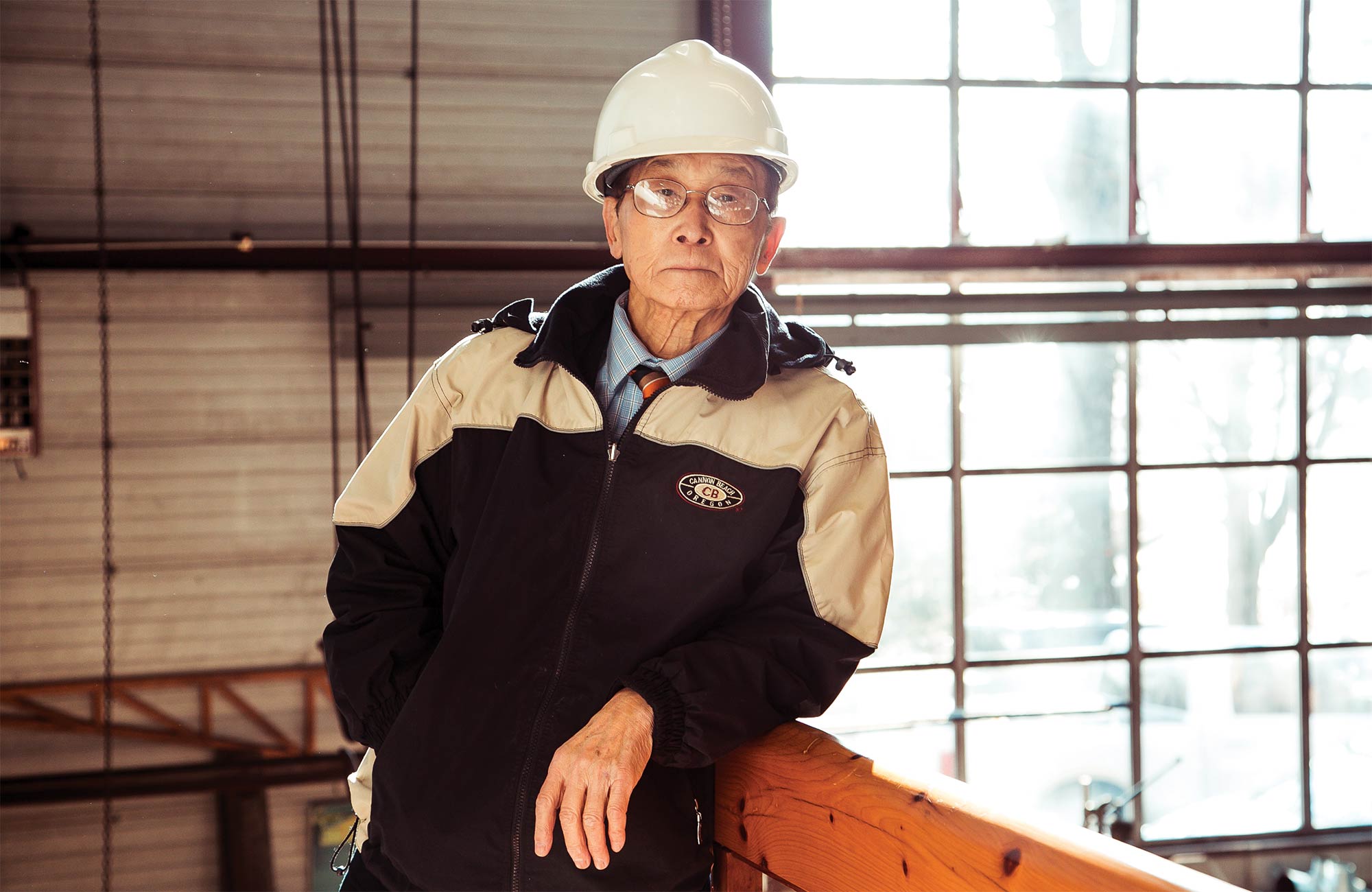hen Professor Jai Kim and his family moved around South Korea during the early 1950s to avoid the war, he had dreams of coming to America to study engineering. But when he finally got here, he never imagined he’d spend the rest of his life in the United States, including more than 40 years teaching civil and environmental engineering at Bucknell. Though he retired in 2009, Kim still actively consults on steel-truss bridge restoration projects — an area where he is considered one of the country’s foremost experts.
Kim’s arrival in the United States in 1955 began inauspiciously: During his voyage on a cargo ship headed to San Francisco, he learned the school in Texas that had admitted him didn’t have an engineering program. Disembarking with $150 in his pocket (about $1,400 today) and barely speaking English, he was determined not to give up his dream. He made his way to Oregon State University, where he was able to convince the school to admit him. He graduated 60 years ago.



“I felt at home right away at Bucknell,” says Kim, who still maintains an office on campus. “I have been fortunate to help the civil engineering program grow, to teach students from all over and build long-standing friendships. I consider teaching a noble profession.”
“The opportunities undergraduates often have to work on real-world engineering projects and contribute to research studies really makes the civil and environmental engineering program at Bucknell stand out,” says Kim. “At other schools, mostly graduate students work on these types of projects.”
Projects that Kim and his students have collaborated on include designing, building and testing a timber pedestrian bridge over Miller Run near the University entrance from U.S. Route 15, and a vehicular oak timber bridge over Pine Creek on Bald Eagle Forest Road about an hour from campus.
Kim and former student John Yadlosky ’80 even share a patent for the rehabilitation of steel-truss bridges by means of reinforcing arches. Yadlosky worked with Professor Robert Brungraber, civil engineering, to develop the design, then brought it to life with Kim’s help. Their patent has been used on dozens of bridges throughout the country, including several bridges in Idaho and Connecticut, where Kim and Yadlosky consulted together.
“I had wanted to go into construction engineering, but Dr. Kim encouraged me to go into design instead,” says Yadlosky. “It was the single best piece of advice I ever got. He has been a wonderful mentor and, over the years, has become a colleague and friend.”
During his Bucknell tenure, Kim received the Lindback Award for Distinguished Teaching, and the first book he co-authored, Timber Design for the Civil and Structural PE Exams, is now being revised for its eighth edition.


Both these goals come through loud and clear in a book Kim recently co-authored, Simplified LRFD Bridge Design, and are part of the reason why so many of his students share such a high opinion of him. In 2018, two of his former students, Dan Ertel ’84 and Bill Krokowski ’84, even created an endowed scholarship in his honor. (Read more about the scholarship)
“Dr. Kim taught me so much more than how to engineer,” adds Ertel. “He taught me life skills like problem solving, work ethics and teamwork. When I think about his personal history and the many students he has influenced, it fills me with admiration.”